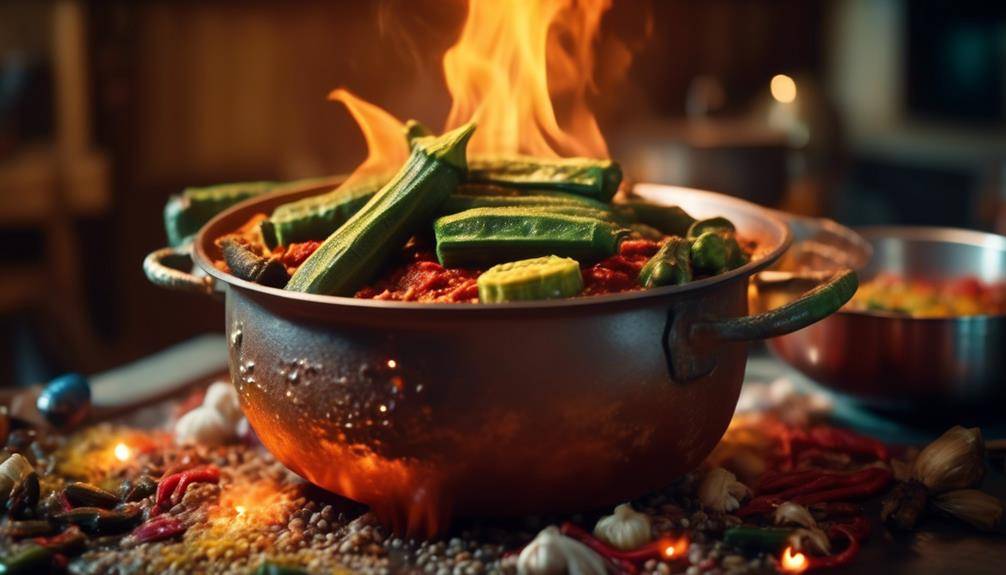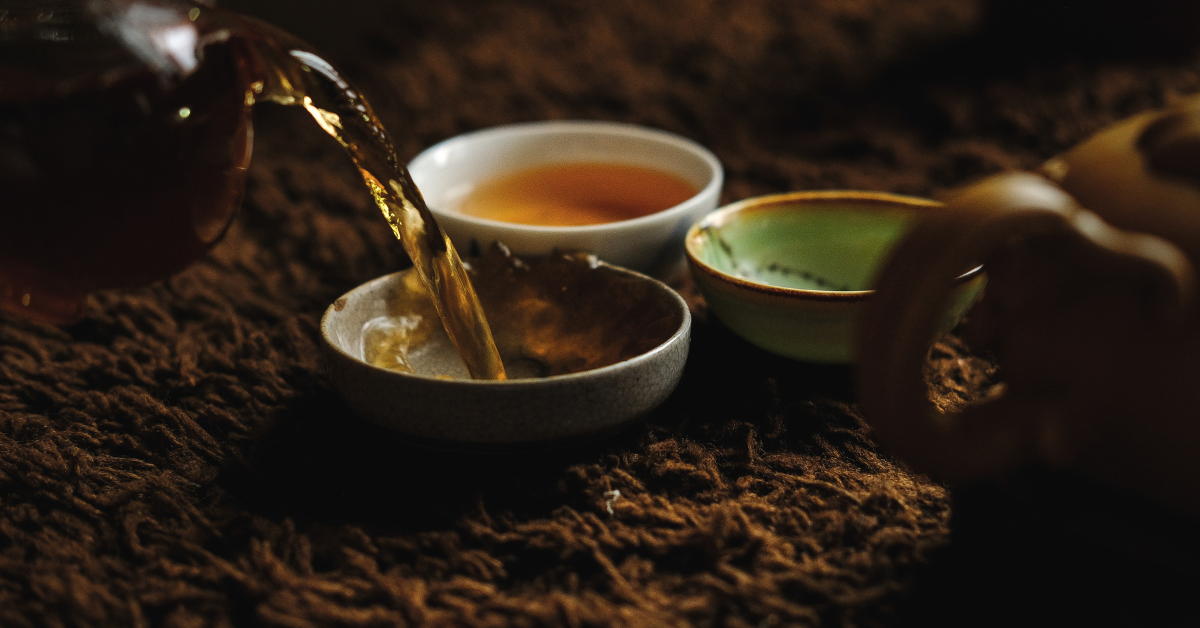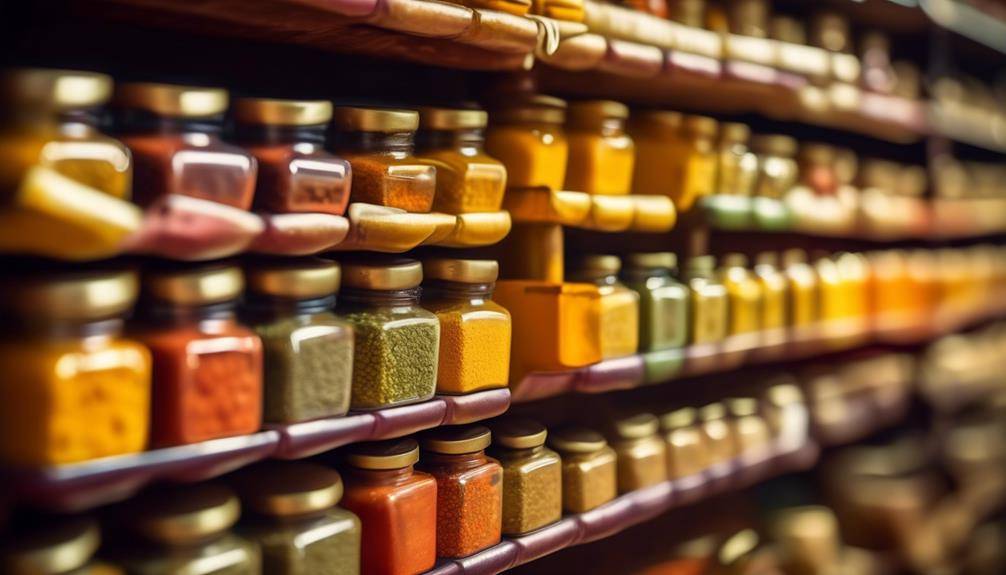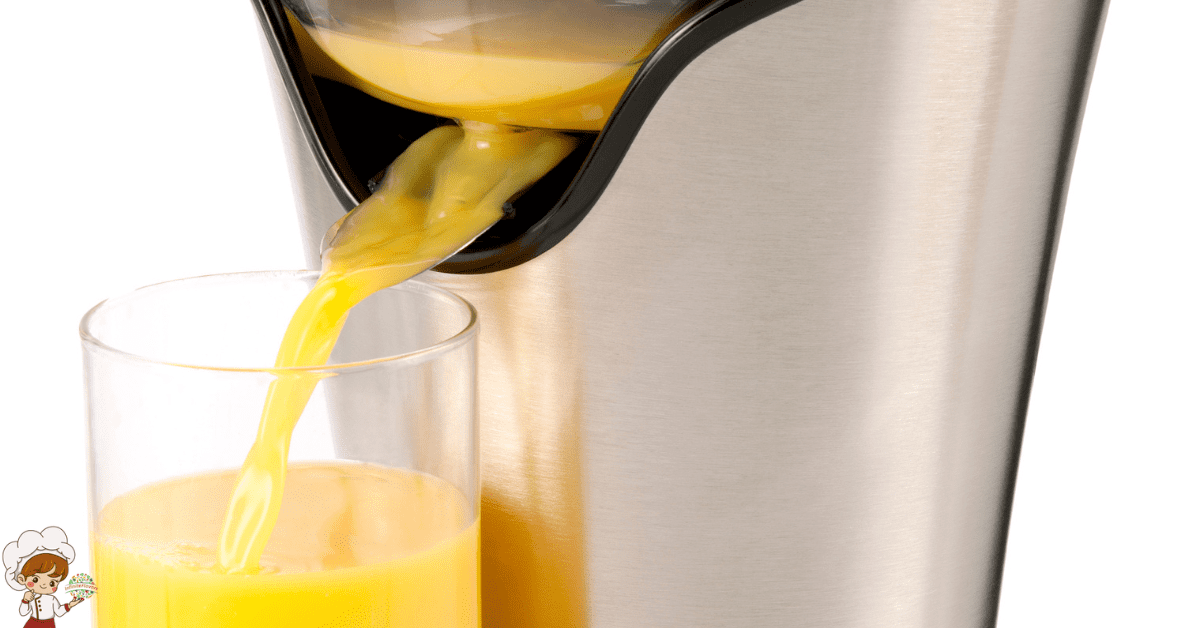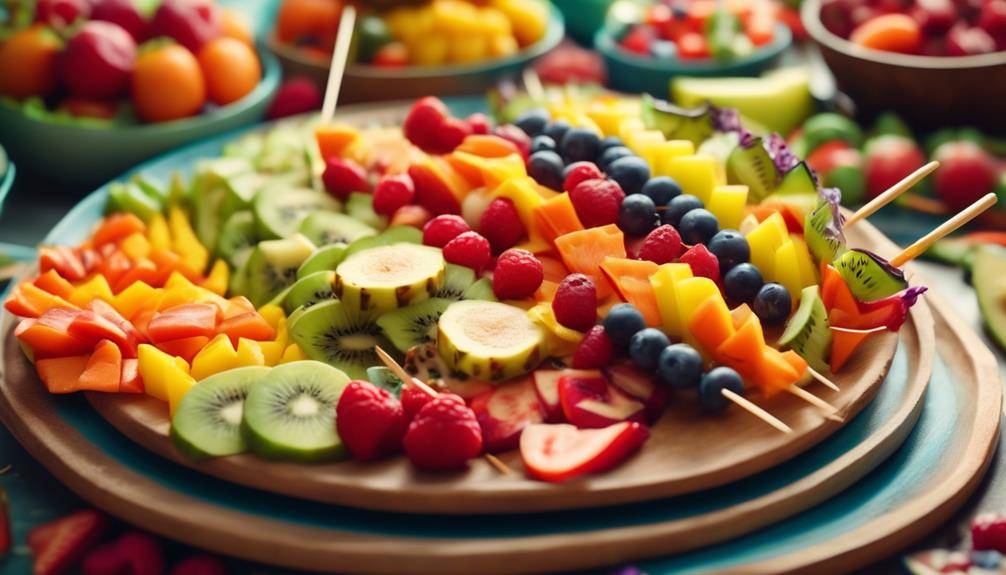Boost Pastry Baking Skills: Top 10 Easy Tips Revealed
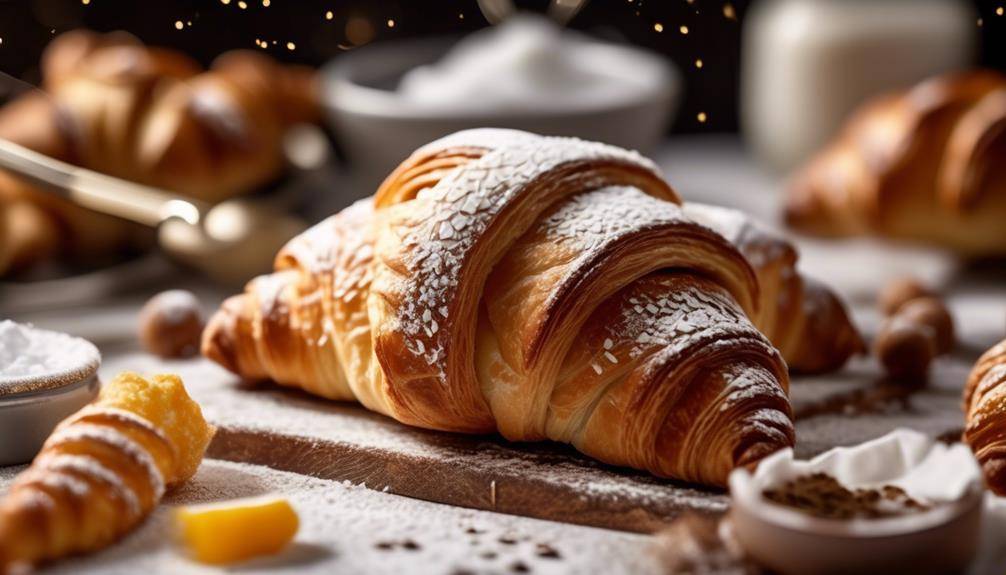
Boost Pastry Baking Skills; Looking to enhance your abilities in the art of pastry baking? Well, you’ve come to the right place. We have compiled a list of the top 10 tips that will take your pastry baking skills to the next level. These invaluable insights will provide you with the knowledge and techniques needed to create delectable pastries that will leave everyone asking for more. So, get ready to explore the secrets behind mastering the basics, choosing the right ingredients, and achieving the ideal texture. Don’t miss out on these game-changing tips that will elevate your pastry creations to new heights.
Mastering the Basics
To truly master the art of pastry baking, it is essential to have a strong foundation in the basics. The basic techniques and fundamental skills serve as the building blocks that will elevate your pastry baking to new heights. Whether you are a novice or an experienced baker, it is important to revisit these foundational elements to ensure your success in creating delectable pastries.
One of the basic techniques that every pastry baker should master is the art of proper measuring. Accurate measurement of ingredients is crucial in achieving consistent and delicious results. Invest in a good set of measuring cups and spoons, and always level off your dry ingredients for precise measurements.
Another fundamental skill is understanding the importance of temperature. Pastry baking is highly sensitive to temperature, and knowing when to use cold ingredients, room temperature ingredients, or warm ingredients can make a significant difference in the texture and taste of your pastries. For instance, using cold butter when making pie crusts will result in a flaky and tender crust, while using room temperature eggs in cake batter will ensure a uniform and light texture.
Furthermore, honing your skills in proper mixing techniques is essential. Overmixing can result in tough and dry pastries, while undermixing can cause uneven distribution of ingredients and affect the final outcome. Learn to mix just until the ingredients are incorporated and stop to avoid overworking the dough or batter.
Choosing the Right Ingredients
Now that you have mastered the basics of pastry baking and understand the importance of accurate measuring, temperature control, and proper mixing techniques, it’s time to delve into the crucial aspect of choosing the right ingredients. Selecting the right ingredients is essential for achieving the perfect texture, flavor, and overall quality of your pastries. To elevate your baking skills, it’s important to pay attention to the ingredients you use and experiment with different flavors.
When it comes to choosing the right ingredients, always opt for high-quality options. This means using fresh eggs, unsalted butter, and pure vanilla extract. Fresh eggs will give your pastries a rich and creamy texture, while unsalted butter allows you to control the salt content and maintain the desired flavor profile. Pure vanilla extract adds a delightful aroma and flavor that enhances the overall taste of your pastries.
Experimenting with flavors is another exciting aspect of choosing the right ingredients. Don’t be afraid to think outside the box and try new combinations. For example, add a splash of citrus zest to your pastry dough for a refreshing twist, or incorporate spices like cinnamon or nutmeg to infuse warmth and depth of flavor. You can also experiment with different types of sugar, such as brown sugar or powdered sugar, to create unique taste profiles.
Proper Measurement Techniques
When it comes to pastry baking, accuracy is key. To ensure that your pastries turn out perfectly every time, it is crucial to accurately weigh your ingredients. Invest in precise measuring tools, such as a digital scale and measuring spoons, to achieve consistent results. Additionally, pay attention to portion sizes to ensure uniformity in your pastries.
Accurate Ingredient Weighing
Have you ever wondered how to accurately weigh your ingredients when baking pastries? Proper measurement techniques are crucial for achieving the perfect texture and taste in your creations. Here are some tips to help you master the art of accurate ingredient weighing:
- Use a digital kitchen scale for precise measurements.
- Place a bowl or container on the scale and zero it out before adding each ingredient.
- For ingredient substitution, weigh the substitute ingredient to ensure the correct ratio.
- Experiment with creative flavor combinations by accurately measuring your ingredients.
- Weigh your spices and extracts to add just the right amount of flavor.
- Accurate measurement of liquids like vanilla extract or citrus juice can make a significant difference in the final taste of your pastries.
Precise Measuring Tools
To achieve precise measurements in your pastry baking, equip yourself with the proper measuring tools and master the techniques for accurate ingredient weighing. Measuring accuracy is crucial in achieving consistent results and ensuring that your pastries turn out perfectly every time. One of the essential tools for precise measuring is a digital kitchen scale. This allows you to measure ingredients in grams or ounces, providing more accuracy than using measuring cups.
Additionally, invest in measuring spoons with both metric and imperial measurements for smaller quantities. When measuring dry ingredients, use a straight edge to level off the excess, ensuring that you have the exact amount required. For liquids, use a clear measuring cup with markings at eye level for precision. By using these precise measuring tools and employing precision techniques, you can elevate your pastry baking skills and create delectable treats with confidence.
Consistent Portion Sizes
For consistent portion sizes in your pastry baking, master proper measurement techniques to ensure precise and accurate results. Here are some tips to help you achieve this:
- Use a kitchen scale: Weighing ingredients is more accurate than using volume measurements, especially for dry ingredients like flour and sugar.
- Level off ingredients: When measuring dry ingredients like flour or sugar, use a straight edge (like a knife) to level off the excess for accurate measurements.
- Be consistent with spooning and leveling: For ingredients like flour, spoon it into the measuring cup and level it off with a straight edge. Avoid scooping directly from the bag, as it can result in packed measurements.
- Consider ingredient substitutions: If you need to substitute an ingredient, make sure to adjust the measurements accordingly to maintain the consistency and texture of the final product.
Understanding the Science of Baking
Now it’s time to uncover the secrets behind perfect pastries by understanding the science of baking. Get ready to explore the baking chemistry basics that will elevate your pastry game to the next level. Discover the precise measurements, temperature control, and ingredient interactions that can make or break your baked goods.
Baking Chemistry Basics
Unlock the secrets of pastry baking by delving into the fascinating realm of baking chemistry, where the precise combination of ingredients and the reactions that occur create mouthwatering masterpieces. Understanding the science behind baking is essential for any aspiring pastry chef. Here are some key aspects of baking chemistry that you should know:
- Baking Chemistry Experiments:
- Conduct experiments to understand the role of different ingredients in pastry baking.
- Test the effects of varying temperatures, ratios, and mixing methods on the final product.
- Understanding Pastry Leavening:
- Learn about the various leavening agents used in pastry baking, such as baking powder, baking soda, and yeast.
- Explore how these leavening agents interact with other ingredients to create light and fluffy pastries.
Science Behind Perfect Pastries
To create perfect pastries, understanding the science of baking is crucial. Baking techniques and pastry consistency play a significant role in achieving the desired results. The science behind perfect pastries lies in the precise balance of ingredients and understanding how they interact with each other during the baking process. For instance, the type of fat used affects the texture and tenderness of the pastry. Butter creates a flakier texture, while shortening produces a more tender result. Additionally, the amount of leavening agents, such as baking powder or yeast, determines the pastry’s rise and structure. Understanding the science behind baking allows you to make informed choices and make adjustments to achieve the perfect pastry consistency every time.
Perfecting the Pastry Dough
For achieving the perfect pastry dough, incorporate these essential techniques and tips to create a delectably light and flaky base for your baked goods.
- Choose the Right Recipe
- Opt for pastry dough recipes that use a combination of butter and shortening. This combination ensures the perfect balance between flavor and texture.
- Look for recipes that require chilling the dough before rolling it out. Chilled dough is easier to work with and results in a flakier crust.
- Master the Technique
- Start by cutting the cold fat into the dry ingredients until the mixture resembles coarse crumbs. This step ensures a tender and flaky texture.
- Use cold water, preferably ice-cold, when adding liquid to the dough. Cold water helps to keep the fat from melting and results in a lighter crust.
- Avoid overmixing the dough. Overmixing can develop gluten, making the pastry tough instead of tender.
- Handle with Care
- When rolling out the dough, use a light touch and roll from the center outward. This technique helps to maintain an even thickness and prevents the dough from tearing.
- Keep the work surface and rolling pin lightly floured to prevent sticking. Excess flour can make the dough dry and tough.
- Always handle the dough gently and avoid stretching it. Stretching can cause the dough to shrink during baking.
Enhancing Flavors With Fillings and Toppings
Now that you have perfected the pastry dough, it’s time to elevate your baked goods by exploring the world of fillings and toppings. Enhancing the flavors of your pastries with delicious fillings and creative garnishes will take your baking skills to new heights. Let’s delve into the art of flavor combinations and discover how to create mouthwatering treats that will leave everyone craving for more.
When it comes to fillings, the possibilities are endless. You can experiment with traditional flavors like chocolate, vanilla, and fruit preserves, or venture into more unique combinations such as salted caramel and almond cream. Don’t be afraid to mix and match different flavors to create a delightful surprise in every bite. For example, try pairing a tangy lemon filling with a sweet raspberry sauce for a burst of refreshing flavors.
In addition to fillings, creative garnishes can add a visual appeal to your pastries and enhance their taste. Sprinkle some powdered sugar over your freshly baked croissants to give them a touch of elegance. Drizzle melted chocolate over your cream puffs for a decadent finish. You can also experiment with different textures, like adding a crunchy caramelized topping to your fruit tarts.
Achieving the Ideal Texture
Get ready to discover the secrets to achieving the perfect texture in your pastries. The ideal texture is what sets a great pastry apart from a mediocre one. Follow these tips to ensure your pastries come out with a light and flaky texture every time:
- Use the right flour: Different types of flour have different protein contents, which directly affect the texture of your pastries. Opt for pastry flour or all-purpose flour for a tender and delicate texture.
- Handle the dough with care: Over-mixing the dough can result in tough and dense pastries. Mix the ingredients just until they come together, and then stop. This will prevent overworking the gluten and keep your pastries light and flaky.
- Keep it cold: When working with pastry dough, it’s important to keep it cold. Chilled dough will have a better texture as the fat in the dough will melt during baking, creating air pockets that contribute to the flaky texture. Chill the dough before rolling it out and handle it as little as possible to maintain the cold temperature.
- Achieve even browning: To achieve even browning on your pastries, brush them with an egg wash before baking. This will give them a beautiful golden color and a crisp texture. Additionally, rotating the baking sheet halfway through baking will ensure that the heat is evenly distributed, resulting in consistent browning.
Baking Temperature and Time
To ensure your pastries turn out perfectly, it is crucial to understand the appropriate baking temperature and time. Baking temperature plays a significant role in achieving the desired texture and appearance of your pastries. Here are some baking temperature tips to help you elevate your pastry baking skills:
- Preheat your oven: Always preheat your oven to the recommended temperature before placing your pastries inside. This ensures that the heat is evenly distributed, resulting in consistent baking.
- Use an oven thermometer: Ovens can sometimes be inaccurate when it comes to temperature. To ensure precision, invest in an oven thermometer. This will help you monitor the actual temperature inside your oven and adjust accordingly.
- Follow the recipe instructions: Each pastry recipe comes with specific baking temperature recommendations. It is essential to follow these instructions carefully to achieve the best results. Deviating from the recommended temperature can lead to undercooked or overcooked pastries.
- Adjusting baking time: If you find that your pastries are browning too quickly or not baking evenly, you may need to adjust the baking time. Reduce the temperature slightly and increase the baking time accordingly. This will help you achieve a golden brown color while ensuring the pastries are cooked through.
- Experiment with temperature: Different pastries require varying baking temperatures. Some may benefit from higher temperatures for a shorter duration, while others may need lower temperatures for a longer time. Don’t be afraid to experiment and find the perfect temperature for each type of pastry.
Understanding the appropriate baking temperature and adjusting the baking time accordingly are essential for achieving perfectly baked pastries. By following these baking temperature tips and adapting as needed, you’ll be well on your way to becoming a pastry baking expert.
Decorating and Presentation Tips
Enhance the visual appeal of your pastries with these expert decorating and presentation tips. Presentation techniques play a crucial role in making your baked goods stand out and leaving a lasting impression on your guests. From creative cake designs to innovative plating ideas, here are some tips to take your pastry decoration to the next level:
- Get Inspired by Nature:
- Incorporate natural elements into your designs, such as flowers or leaves, to add a touch of elegance and freshness to your pastries.
- Use seasonal fruits and vegetables as garnishes to make your creations visually appealing and showcase the flavors of the season.
- Experiment with Texture and Color:
- Play with different textures to add depth and visual interest to your cakes. Try piping buttercream in various patterns or creating edible lace to give your pastries a unique and intricate look.
- Use a color palette that complements the flavors and theme of your pastries. Consider using edible paints or food coloring to create stunning, vibrant designs.
- Focus on Presentation:
- Pay attention to the way you present your pastries. Use decorative plates, cake stands, or platters to elevate your creations and make them more visually appealing.
- Experiment with different plating techniques such as layering, stacking, or arranging your pastries in a visually pleasing way. Consider adding edible garnishes like chocolate curls or edible flowers to enhance the overall presentation.
Troubleshooting Common Pastry Baking Issues
If you’re experiencing issues while baking pastries, don’t worry – we’ve got you covered with solutions to common problems. Troubleshooting common pastry baking issues can help you improve your baking techniques and achieve delicious, perfect pastries every time.
One common issue is pastry dough that is too dry and crumbly. This can be caused by not adding enough liquid or overmixing the dough. To fix this, try adding a little more liquid, such as water or milk, and gently kneading the dough until it comes together. Be careful not to overwork the dough, as this can make it tough.
On the other hand, if your pastry dough is too wet and sticky, it can be challenging to work with. This can be due to adding too much liquid or not chilling the dough properly. To solve this problem, you can add a little more flour and gently knead it until the dough becomes more manageable. It’s also crucial to refrigerate the dough for the recommended amount of time to allow the fat to solidify and make the dough easier to handle.
Another common issue is pastries that don’t rise properly. This can happen if the oven temperature is too low or if the leavening agent, such as baking powder or yeast, is not fresh. To ensure your pastries rise beautifully, make sure your oven is preheated to the correct temperature and that your leavening agents are within their expiration dates. Additionally, avoid overmixing the dough, as this can lead to dense and flat pastries.
Boost Pastry Baking Skills; Frequently Asked Questions
How Do I Prevent My Pastry Dough From Becoming Too Crumbly While Mixing?
To prevent your pastry dough from becoming too crumbly while mixing, make sure to use cold ingredients and handle the dough as little as possible. This will help you achieve a smooth texture for your pastries.
Can I Use Margarine Instead of Butter in My Pastry Recipe?
Yes, you can use margarine instead of butter in your pastry recipe. However, keep in mind that margarine has a higher water content, which may affect the texture of your pastry. Experiment and adjust accordingly.
What Is the Best Way to Store Leftover Pastry Dough?
The best way to store leftover pastry dough is to wrap it tightly in plastic wrap and refrigerate for up to three days. To repurpose it, you can make delicious treats like turnovers, tarts, or even savory hand pies. Get creative!
How Can I Prevent My Pastry From Shrinking During Baking?
To prevent your pastry from shrinking during baking, try these tips: 1) Chill the dough before rolling it out. 2) Avoid overworking the dough. 3) Use a hot oven. 4) Dock the pastry with a fork. 5) Blind bake the crust.
Are There Any Tips for Achieving a Perfectly Flaky Texture in My Pastry Dough?
To achieve a perfectly flaky texture in your pastry dough, here are some tips: keep the butter cold, use a light touch when mixing, and let the dough rest in the fridge before baking. How to make flaky pastry dough every time.
Conclusion
In conclusion, by following these top 10 tips, you can boost your pastry baking skills to a whole new level. Master the basics, choose the right ingredients, and learn proper measurement techniques. Understand the science of baking and perfect your pastry dough for that ideal texture. Pay attention to baking temperature and time, and don’t forget to decorate and present your pastries with flair. With these tips, you’ll be able to troubleshoot any common pastry baking issues that come your way. Happy baking!



